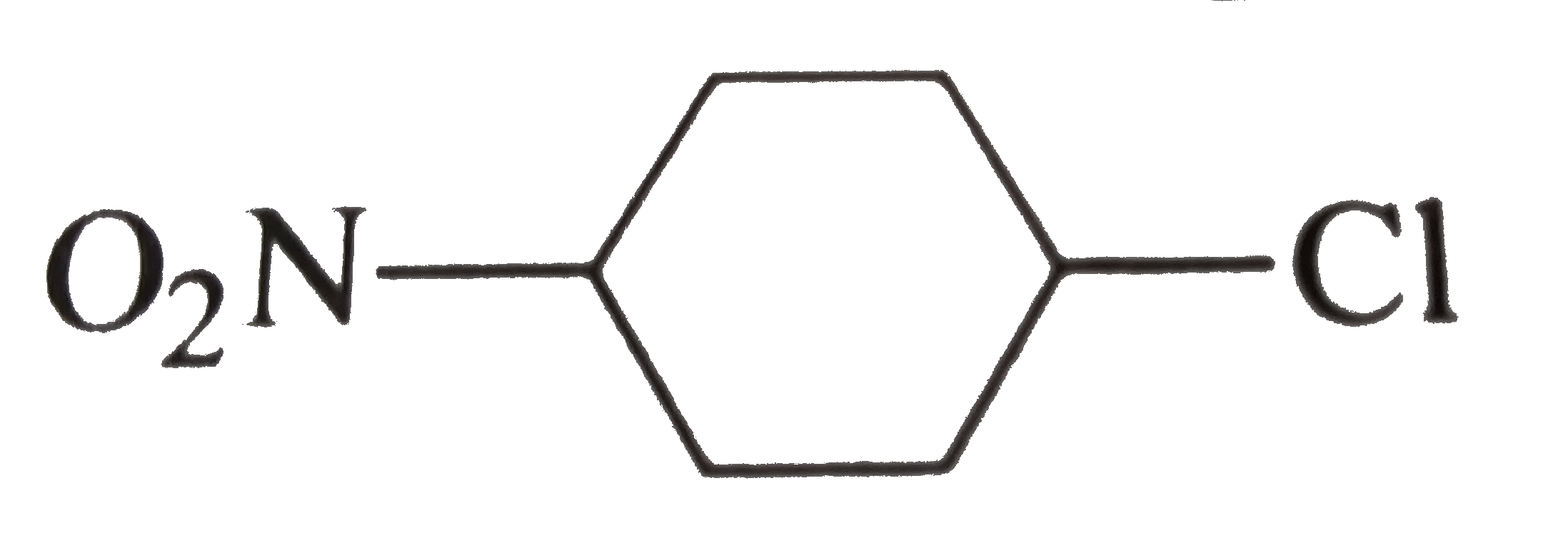Dipole-induced dipole interaction are present in which of the following pairs
SiF4 & He atoms
H2O and alcohol
CI2andCCI4
HF and He atom
The correct Answer is:D
To determine which pairs exhibit dipole-induced dipole interactions, we need to understand the nature of these interactions. Dipole-induced dipole interactions occur between a polar molecule (which has a permanent dipole) and a non-polar molecule (which does not have a permanent dipole).
1. Identify Polar and Non-Polar Molecules:
- A polar molecule has a permanent dipole due to differences in electronegativity between the atoms (e.g., H2O, HF).
- A non-polar molecule lacks a permanent dipole (e.g., Cl2, CH4, He).
2. Analyze the Given Pairs:
- H2O (water): This is a polar molecule due to the electronegativity difference between oxygen and hydrogen.
- Alcohol (ROH): Alcohols are also polar due to the presence of the hydroxyl (-OH) group.
- Cl2 (chlorine gas): This is a non-polar molecule since both chlorine atoms have the same electronegativity.
- CCl4 (carbon tetrachloride): This molecule is symmetrical and non-polar.
- He (helium): This is a noble gas and is non-polar.
- HF (hydrogen fluoride): This is a polar molecule due to the electronegativity difference between hydrogen and fluorine.
- SiF4 (silicon tetrafluoride): This molecule is symmetrical and non-polar.
3. Determine Interactions:
- H2O and He: The polar H2O can induce a dipole in the non-polar He.
- Alcohol and He: The polar alcohol can induce a dipole in the non-polar He.
- HF and He: The polar HF can induce a dipole in the non-polar He.
- Cl2 and H2O: No interaction since both are polar.
- CCl4 and H2O: No interaction since CCl4 is non-polar.
- SiF4 and He: No interaction since both are non-polar.
4. Conclusion:
- The pairs that exhibit dipole-induced dipole interactions are:
- HF and He
- H2O and He
- Alcohol and He
Final Answer:
The dipole-induced dipole interactions are present in the pairs: HF and He, H2O and He, and Alcohol and He.
---
- A polar molecule has a permanent dipole due to differences in electronegativity between the atoms (e.g., H2O, HF).
- A non-polar molecule lacks a permanent dipole (e.g., Cl2, CH4, He).
- H2O (water): This is a polar molecule due to the electronegativity difference between oxygen and hydrogen.
- Alcohol (ROH): Alcohols are also polar due to the presence of the hydroxyl (-OH) group.
- Cl2 (chlorine gas): This is a non-polar molecule since both chlorine atoms have the same electronegativity.
- CCl4 (carbon tetrachloride): This molecule is symmetrical and non-polar.
- He (helium): This is a noble gas and is non-polar.
- HF (hydrogen fluoride): This is a polar molecule due to the electronegativity difference between hydrogen and fluorine.
- SiF4 (silicon tetrafluoride): This molecule is symmetrical and non-polar.
- H2O and He: The polar H2O can induce a dipole in the non-polar He.
- Alcohol and He: The polar alcohol can induce a dipole in the non-polar He.
- HF and He: The polar HF can induce a dipole in the non-polar He.
- Cl2 and H2O: No interaction since both are polar.
- CCl4 and H2O: No interaction since CCl4 is non-polar.
- SiF4 and He: No interaction since both are non-polar.
- The pairs that exhibit dipole-induced dipole interactions are:
- HF and He
- H2O and He
- Alcohol and He
The dipole-induced dipole interactions are present in the pairs: HF and He, H2O and He, and Alcohol and He.
Topper's Solved these Questions
- CHEMICAL BONDING & CHEMICAL STRUCTURE BOOK - VMC MODULES ENGLISHCHAPTER - CHEMICAL BONDING & CHEMICAL STRUCTURE EXERCISE - EFFICIENT
50 Videos
- ATOMIC STRUCTUREBOOK - VMC MODULES ENGLISHCHAPTER - ATOMIC STRUCTUREEXERCISE - JEE Advanced (Archive )
67 Videos
- CHEMICAL BONDING & MOLECULAR STRUCTURE BOOK - VMC MODULES ENGLISHCHAPTER - CHEMICAL BONDING & MOLECULAR STRUCTURE EXERCISE - IN-CHAPTER EXERCISE-L
9 Videos
Similar Questions
Knowledge Check
Assertion : Dipole - dipole forces acting between the molecules possessing permanent dipole , are weaker than ion - ion interactions .
Reason : The attractive forces decrease with the increase of distance between the dipoles .AIf both assertion and reason are true and reason is the correct explanation of assertion .BIf both assertion and reason are true but reason is not the correct explanation of assertion .CIf assertion is true but reason is false .DIf both assertion and reason are false .
The intermolecular forces operating between two constituent particles depends on the distance between the centres of the molecules. Dipole-dipole interactions are inversely proportional to 3rd power of the distance where as dipole induced dipole interaction are inversely proportional to the sixth power of intermolecular distances.
In which of the following the extent of interaction is proportional to 1r6 where (r = intermolecular distance)
View SolutionThe high density of water compared to ice is due to
(a)hydrogen bonding interactions
(b)dipole -dipole interactions
(c)dipole - induced dipole interactions
(d)induced dipole -induced dipole interactions
View SolutionThe intermolecular forces operating between two constituent particles depends on the distance between the centres of the molecules. Dipole-dipole interactions are inversely proportional to 3rd power of the distance where as dipole induced dipole interaction are inversely proportional to the sixth power of intermolecular distances.
The forces in dry ice are proportional to (r = intermolecular distance)
View SolutionHow many cases have 'Dipole-induced dipole' interaction ?
(a) Br2 in water , (b) NH3 in H2O , (c) CO2 in water , (d) O2 in water , (e) 'Xe' in water
View SolutionZero dipole moment is present in
View SolutionCompare the dipole moments of the compounds in the following pairs.
HF,HCl
View SolutionCalculate the dipole moment of the following compound
 .
.
View Solution
